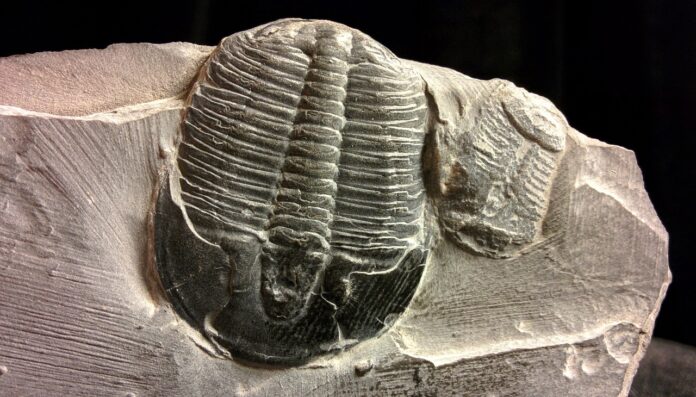Millions of years ago, the Earth was inhabited by fascinating creatures known as trilobites (Trilobita). These ancient arthropods lived during the Paleozoic Era, which spanned six periods: Cambrian, Ordovician, Silurian, Devonian, Carboniferous, and Permian. Trilobites thrived during the Cambrian period and existed for about 500 million years until they became extinct during the Permian period, likely due to global warming and the Permian-Triassic extinction event.
Sizes of Trilobites
Trilobites varied in size from 5 millimeters to 10 centimeters, with some species reaching up to 70 centimeters.
Interesting Facts About Trilobites:
- Three-Lobed Body: The name “Trilobita” means “three lobes,” referring to the three parts of their bodies.
- Ancestral Link: Trilobites are ancestors of modern arthropods, with horseshoe crabs being their presumed closest relatives.
- Chitinous Exoskeleton: Trilobites were covered by a sturdy chitinous exoskeleton.
- Habitat: They primarily lived in ancient seas, but some species were terrestrial.
- Diet: Trilobites had varied diets, from feeding on mud and plankton to being predators.
- Complex Eyes: Their eyes were highly complex, with up to 15,000 facets, though some species were eyeless.
- Defensive Behavior: When threatened, trilobites could curl up like a woodlouse, exposing only their exoskeleton.
- Fossil Finds: The best-preserved trilobite fossils have been found in China, Canada, New York (USA), Yakutia, and the Leningrad region (Russia).
- Evolutionary Adaptation: Some trilobites developed spines and other physical adaptations for protection and environmental interaction.
- Mass Extinction Survivor: Trilobites survived several extinction events before finally disappearing in the Permian-Triassic extinction event, which wiped out nearly all marine life on Earth.
